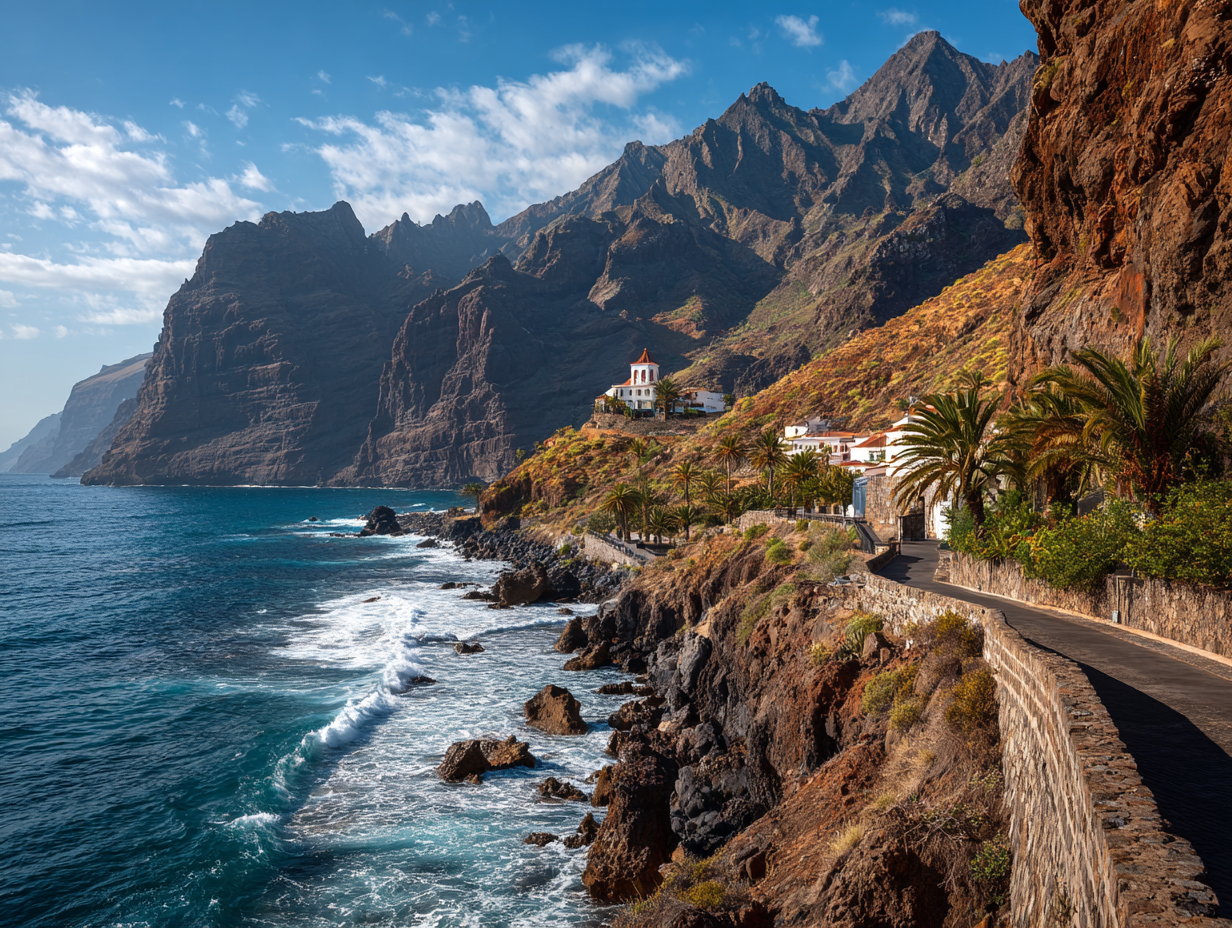Nepal is the country with the most mountains, home to 8 of the world’s 10 tallest peaks including Mount Everest. Learn why Nepal is so mountainous, how the Himalayas formed, and how these peaks shape its culture, identity, lifestyle, and landscapes.
Nepal is known as the country with the most mountains because almost its entire landscape rises into the Himalayas. The country is filled with steep hills, deep valleys, snowy ridges, and sky-high peaks that create one of the most dramatic terrains in the world. Nepal is home to 8 of the world’s 10 highest mountains, including Mount Everest, which makes it the ultimate mountain destination. Its rugged geography shapes its climate, culture, lifestyle, and global identity.
Why Is Nepal Known as the World’s Mountain Capital?
Nepal holds this title because the mighty Himalayan range runs almost fully across the country. These huge mountains were formed when the Indian Plate slammed into the Eurasian Plate, lifting the land upward and creating some of the tallest peaks on Earth. Today, nearly 75% of Nepal’s land is mountainous or hilly, making the country one of the highest and steepest in the world. The rapid rise in height from plains to peaks creates stunning landscapes that are rarely seen anywhere else.
Nepal’s Most Famous and Iconic Mountains
1.Mount Everest
Mount Everest stands at 8,848.86 m and is the highest point on Earth, making Nepal famous worldwide. Thousands of climbers dream of reaching its summit every year, and its icy slopes challenge even the most experienced mountaineers. Everest has also shaped Nepal’s tourism industry, creating jobs, guiding opportunities, and global recognition.
2.Kanchenjunga
Kanchenjunga rises to 8,586 m and is known for its remote beauty and powerful presence. It lies on the Nepal–India border and is surrounded by deep forests, glaciers, and valleys untouched by large crowds. Climbers admire its difficulty, and locals believe the mountain is home to protective deities.
3.Lhotse
Lhotse stands at 8,516 m and forms a massive wall of ice and rock beside Everest. It is famous for its steep faces and challenging climbing routes. Together with Everest and Nuptse, Lhotse creates one of the most striking mountain formations in the Himalayas, attracting climbers and photographers every year.
4.Makalu
Makalu reaches 8,485 m and is easily recognized due to its perfect pyramid shape. It is extremely difficult to climb because of its sharp ridges and unpredictable weather. The mountain rises dramatically from the surrounding valleys, creating breathtaking views and a sense of untouched wilderness.
5.Cho Oyu
Cho Oyu stands at 8,188 m and is considered one of the more approachable high peaks, making it popular among experienced climbers preparing for Everest. Its wide slopes offer outstanding Himalayan views. The mountain sits near the Nepal–Tibet border and is known for its gentle terrain compared to other giant peaks.
Amazing Facts About Nepal’s Mountain
1.Nepal Has 8 of the 10 Highest Mountains in the World
This makes Nepal the most altitude-rich country on Earth. No other nation has such a dense cluster of extreme-height peaks. These massive mountains attract scientists, explorers, trekkers, and climbers from around the globe.
2.Altitude Rises From 60 m to 8,848 m in One Country
Nepal has one of the sharpest height changes in the world. Within just a few hundred kilometers, the land rises from lowland jungles to the top of Mount Everest. This creates unique climates, wildlife zones, and breathtaking landscapes.
3.The Himalayas Are Still Growing Every Year
Nepal’s mountains rise a few millimeters annually because the tectonic plates beneath them continue to push together. This means the Himalayas are still young and active, leading to dramatic landscapes and frequent geological changes.
4.Nepal Is a Global Hub for Trekking and Mountaineering
Millions of visitors come every year for famous treks like Everest Base Camp, Annapurna Circuit, and Langtang Valley. Tourism provides jobs, supports local communities, and makes Nepal one of the world’s top adventure destinations.
5.Mountains Are Sacred in Nepali Culture
Many peaks are believed to be the homes of gods and spirits. People pray before climbing, celebrate mountain festivals, and pass down stories that show deep respect for the mountains. These beliefs shape Nepal’s cultural identity.



